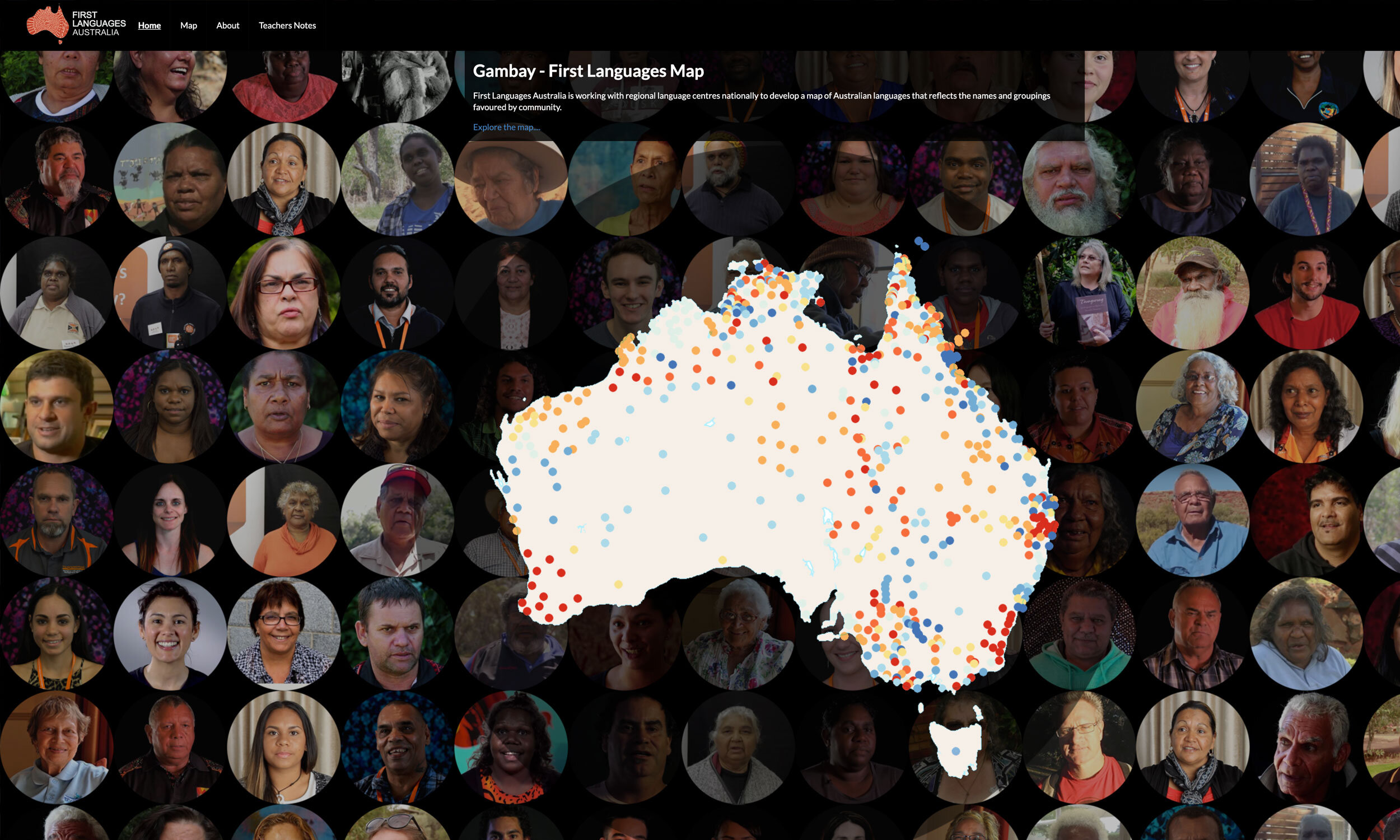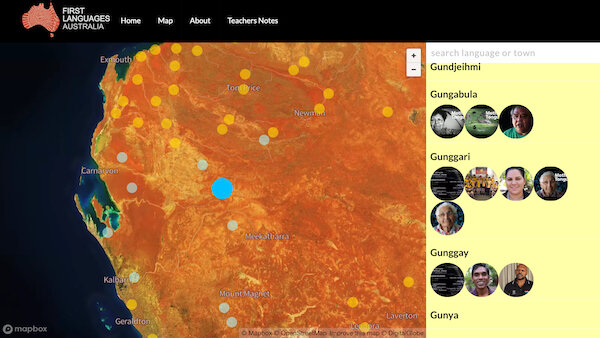
Gambay: Australian First Languages Map
Gambay is the first Australian map that allows Aboriginal and Torres Strait Islander communities control over the way their languages are publicly represented. It showcases over 780 traditional languages.
Developed by First Languages Australia, Gambay is an interactive map that displays and promotes the diversity of Australia’s Aboriginal languages and Torres Strait Islander languages. The word ‘gambay’ means ‘together’ in the Butchulla language of the Hervey Bay region in Queensland.
‘What I love the most is that the map is interactive. It allows our language warriors to tell their story on their Country.’
Melinda Holden
Regional language centres and programs working directly with language communities have contributed the data included on the map.
To support language revival and maintenance at the community level, the map can group languages by colour to help communities identify the neighbouring languages with which they may share language resources. As there are only around twenty of Australia’s traditional languages being used daily by fluent speakers, establishing links between related languages is key to reviving Australia’s first languages.
Teachers’ notes aligned with Gambay have been developed to assist school teachers to include Aboriginal and Torres Strait Islander languages across key subjects including English, Maths, Science, History, Geography and Civics. The notes are linked to the Australian national curriculum and cover each year level from foundation to Year 10, in line with the Aboriginal and Torres Strait Islanders Histories and Cultures Cross-curriculum priority.






First Languages Australia is collecting and publishing media items on the map to encourage a better understanding of the importance of traditional languages. These stories allow Australian language workers to personally explain the importance of their language/s and demonstrate their passion and dedication to their revival and maintenance. The videos are expressions of the diversity of Australia’s languages, their present endangerment status, and aspirations for their futures. They provide an opportunity for the Australian public to meet language workers from their regions and gain an insight into the language activities they are involved in.
‘Language is important because it is an identity and a belonging to a group. You’ve got to know who you are and where you are from. I think language is part of that.’
Wendy Ranger
First Languages Australia is grateful for the collaboration of the Queensland Indigenous Languages Advisory Committee (QILAC) in sharing the tools developed for Nyurrangu Ngardji, the interactive language map of the state of Queensland.
Access Gambay here: www.gambay.com.au
https://gambay.com.au/placenames/
At the request of language workers, we have also added a place names page to Gambay. This page allows community members to share the original place names that they would like the public to know and use. A number of communities have been documenting place names in their region on public maps for many years. These community maps are linked from Gambay’s place names page so that the custodians retain full control over their data.
To learn more about First Languages Australia’s ongoing place name work to see the traditional names of this country recognised and used click here.
Share your videos with Gambay
If you are a custodian, language worker, journalist or filmmaker working with language community who would like to include their stories on Gambay please get in touch.

